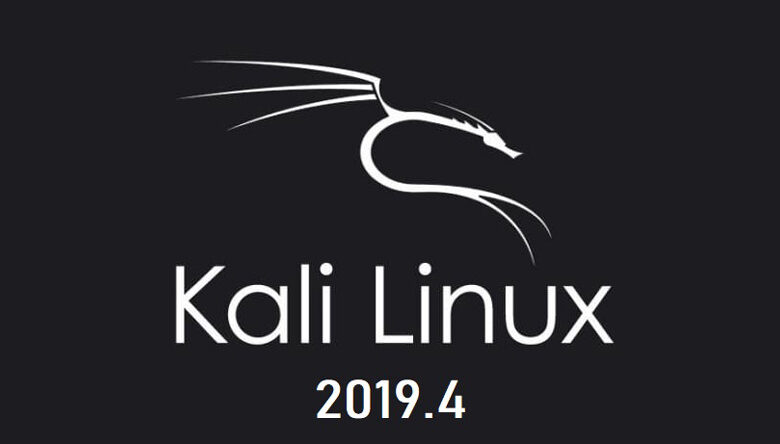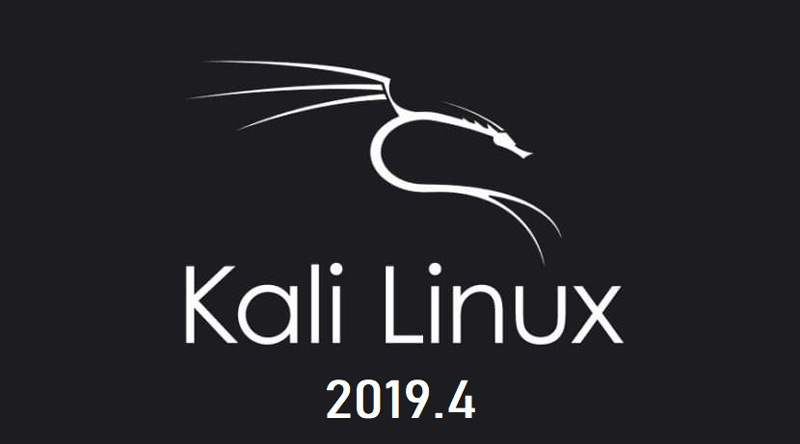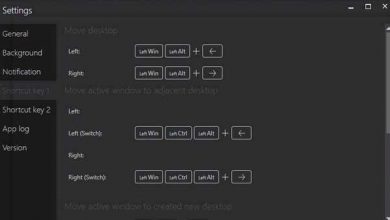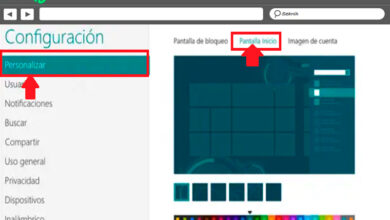How to update kali linux to the latest version available easy and fast? Step-by-step guide

Linux offers you a series of advantages that no other operating system offers you today. This is due, in principle, to the open source philosophy that exists in this OS. The fundamental pillar for GNU / Linux to be accepted by a large number of users is the possibility of free access to the constant updates offered by the developers.
These versions arise due to the detection of errors or problems with codes or system components. Therefore, in order for you to have all the benefits that GNU / Linux offers you, you will have to have the operating system updated.
In this article we will talk about the advantages of updating Linux and how you should proceed, with very simple steps, to install the latest version of a distribution.
Why should I always have the latest version of my Linux OS? Profits
When you install Linux as the operating system of your computer, what you are looking for is to have the greatest possible freedom to be able to perform tasks that you could not obtain with other OS, or you should pay a lot of money for it. This is generated thanks to the open source system provided by the operating system, in which there are a large number of developers who constantly seek to solve problems detected by users or by themselves.
Before you start, you should be aware that there are different kinds of updates. You’ll find kernel-related versions, which are considered pre-release and intended for developers. You will also have a release from the main tree, which is maintained directly by the creator of the OS, Linus Torvalds.
In turn, when the main lines are corrected, what interests you will take effect, which are the corrections made that are considered stable, which have a very short launch frequency. Having clarified this, you need to update an OS distribution, for the following reasons:
- Each update incorporates improvements in terms of operating system security.
- In many cases, having Linux updated will allow you not to restart the computer when errors appear in the operating system. This is mainly because runtime errors are eliminated.
- The packages that you incorporate when you carry out this process, correct elements such as audiofile, overflow or directly update the base-files.
- As a result, you will also be able to find improvements in functions such as Bluetooth or in important programs such as LibreOffice, Apache, Putty and Thunderbird.
Do not forget that an update reduces incompatibilities between the hardware and software of the system.
How to know if there is a new update available on Linux?
As we indicated before, having the latest version of an updated GNU / Linux distribution on your computer is an important security measure for the operating system and for all the other components that surround it.
What is necessary at this point is to know if there is a new version of the Linux kernel or a distro available. In our case, to exemplify the situation, since to update the kernel we need more advanced processes in terms of user knowledge, we will do it through “Debian Linux”. But you can do it for any version of another distribution.
The first thing you will have to do is go to the official Debian site and then look in the “Latest News” section for all available updates. For example, for the year 2019 the latest was Debian 10, version 10.2. In the case of the kernel, you will have to visit the official page of the operating system kernel.
Steps to update Kali Linux to the latest version available quickly and easily

The first thing you have to do is see which version of Kali Linux you have installed. To do this, you will have to enter your command line and type:
- lsb_release -a
- uname -mrs
This will return the version of Kali Linux you have installed. Next, you will have to update the system with superuser permissions. You must execute:
- sudo apt update && sudo apt -y full-upgrade -y
Information about the process will appear where the program will indicate that it will need to read the list of packages, create a dependency tree and calculate the update. Then it will tell you that some packages were installed automatically and are no longer needed. Because of this, you will have to use a command to remove them:
- sudo apt autoremove
Then it will indicate that new packages will be installed and that others that you already have installed will be updated. Now, you will have to write:
- And it is
The system will start to install automatically. After this, you will have to restart your computer in order to see the new version installed.
If you want to check if you have done the process correctly and see the latest version, type these commands:
- grep VERSION / etc / os-release
- VERSION = “2019.4”
- VERSION_ID = “2019.4”
- join me
It will appear to you:
- Linux kali 4.19.0-kali2-amd64 # 1 SMP Debian 4.19.10-2kali1 x86_64 GNU / Linux
If you prefer, you can directly download the new version of this Linux distro from the Internet. You will have to go to the official website and you will find the ISO image you need.
If you have any questions, leave them in the comments, we will answer you as soon as possible, and it will surely be of great help to more members of the community. Thanks!






